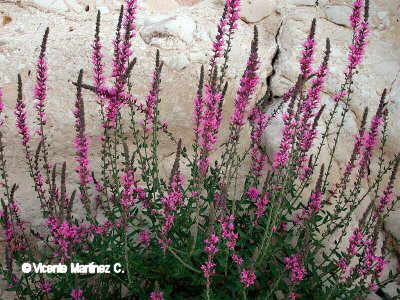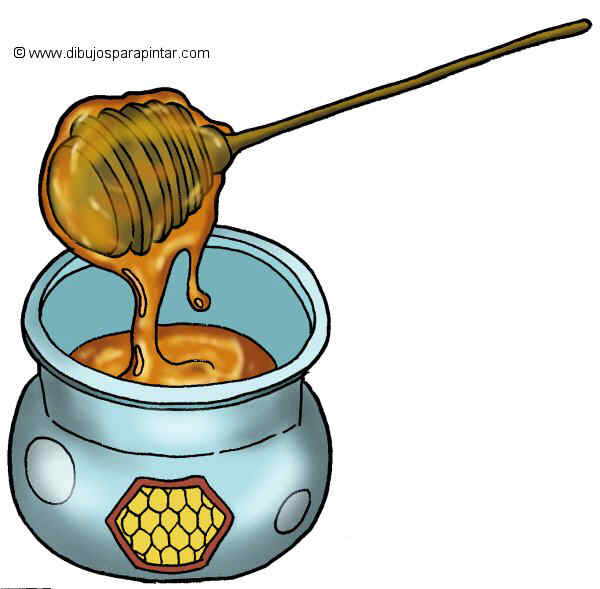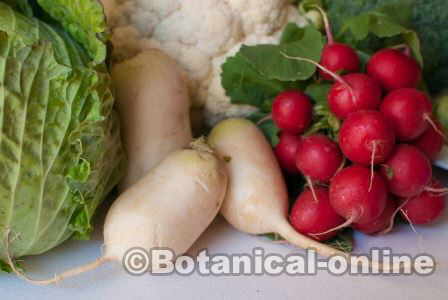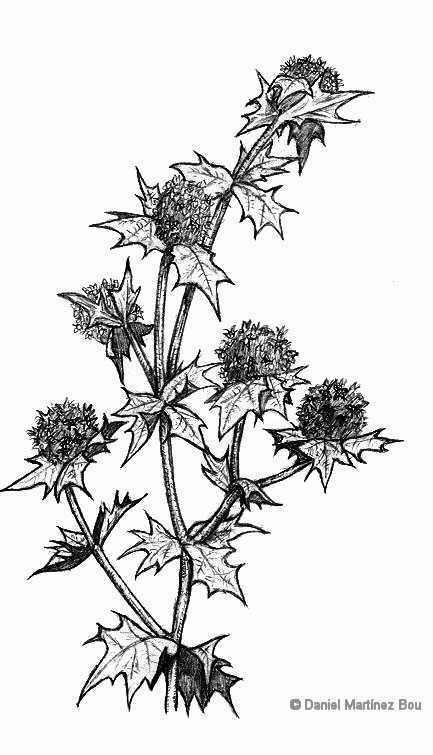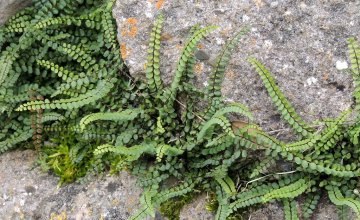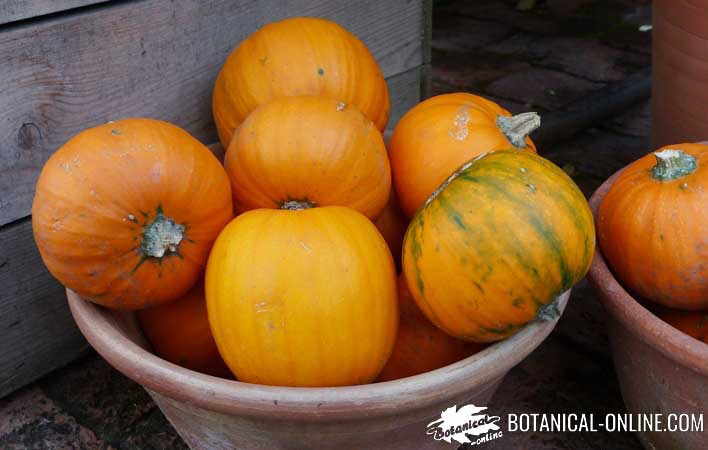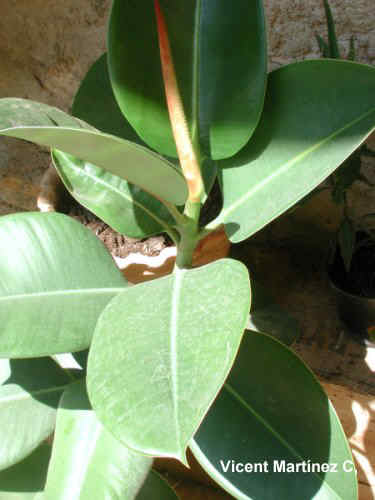Contents
Origin of tomatoes
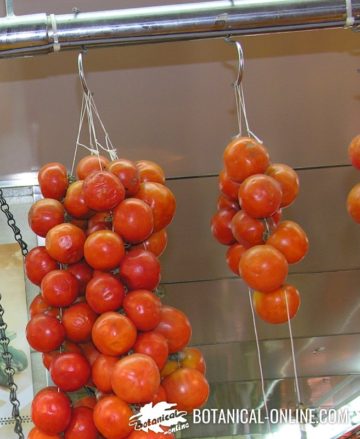
Characteristics of tomato plant
Plant of the Solanaceae family up to 400 cm in height. Pinnate or bipinnate leaves with very divided leaflets, sharp in pairs and with a larger terminal leaflet. Flowers in cymes, yellow.
Fruit in berry, green when young and red as it matures. Inside contains numerous seeds.
History of tomato
Tomato was one of the most common fruits of the Inca, Aztec and Mayan cultures, although it seems that it was already cultivated since about 700 BC.
Tomato was known as detomatl, a word that in Nahuatl, a language spoken in Mexico and Central America, meant “fruit with a navel”.
In the south of Mexico it was known as xietlitomatl, a word from xictli, (= navel) and tomātl (= tomato), meaning “navel tomato”.
From here comes the word “jitomate“, which is how tomato is now known in central
and southern Mexico.
When did tomato come to Europe?
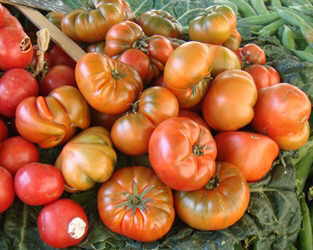
Tomato came to Europe in the sixteenth century from the new world (Mexico or Peru) It was imported by Spanish navigators in 1549. However, this fruit first had an impressive success in Italy and France in the seventeenth and eighteenth century.
Since the tomatoes. at that time , were cultivated in Europe were of yellow color, the Italians knew it like Pomodoro (= Apple of gold) and in France «Pomme d’amour» (= Apple of love)
Tomatoes in Britain
In Britain tomatoes were not as successful as in these two countries. At first, as it was known that the plant was toxic, like potato (See toxicity of potato) the British had many misgivings to use their fruits as food and used its use in gardening. In fact the scientific name of the species Lycopersicum means in Latin wolf fish and was granted by the British. Its use in the kitchen of this country was not extended until the eighteenth century.
Equally the same reputation for pernicious fruit acquired the tomato in North America. There they made her responsible in the beginning of the disease that was known as “tomato cardiopathy” , a kind of affection related to angina pectoris.
![]() More information on tomato
More information on tomato

